order
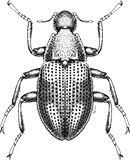
Coleoptera
“Adult Beetles”

Coleoptera
“Larval Beetles”

Diptera
“True Flies”

Ephemeroptera
“Mayflies”
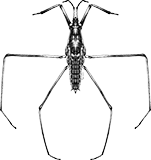
Hemiptera
“True Bugs”

Lepidoptera
“Aquatic Caterpillars, Snout Moths”

Megaloptera
“Alderflies, Dobsonflies, and Fishflies”
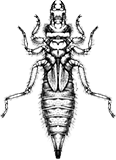
Odonata
“Dragonflies and Damselflies”
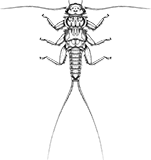
Plecoptera
“Stoneflies”
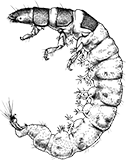
Trichoptera
“Caddisflies”
family
Chironomidae
Tanytarsus
“Non-Biting Midges, Midges”
Genus Overview
This is a very speciose genus, with many not described. They have antennae with lauterborn organs on long pedicels. They are found in various aquatic habitats and even brackish water.
Characteristics
POLLUTION TOLERANCE
Southeast: 6.7 and higher
Upper Midwest: 6 and higher
Midwest: 3.5 and higher
Mid-Atlantic: 6 and higher
0 = least tolerant, 10 = most tolerant
FEEDING HABITS
Collector / Filterer
Collector / Gatherer
Scraper / Grazer
Collector / Gatherer
Scraper / Grazer
MOVEMENT
Climber
Clinger
Clinger
DISTRIBUTION
Widespread (east of the Rocky Mtns.)
HABITAT
Lentic-littoral
Lentic-profundal
Lotic-erosional
Lentic-profundal
Lotic-erosional
Diagnostic Characters
order
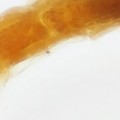
Legs Absent
family
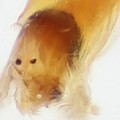
Head Complete and Exposed
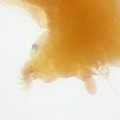
Thoracic And Anal Prolegs
+ Expanded Character List
Order:
Wings and wing pads absent. Eye spots sometimes visible, but compound eyes absent. Segmented legs absent, but sometimes fleshy prolegs present. Sometimes with distinct head, often without head or with head drawn deeply into thorax. Body flattened, cylindrical, or maggot-like.
Family:
Mandibles move against each other along horizontal or oblique plane. Head complete and fully exposed. Hook-bearing prothoracic and anal prolegs paired, though division may be slight and only at apex. Spiracles absent (apneustic). Body segments usually without conspicuous dorsal tubercles and setae as in some Ceratopogonidae.
Genus:
Premandible with 3 apical teeth, antennae with long pedicels, posterior parapods with simple claws
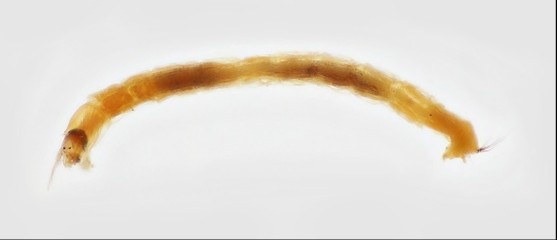
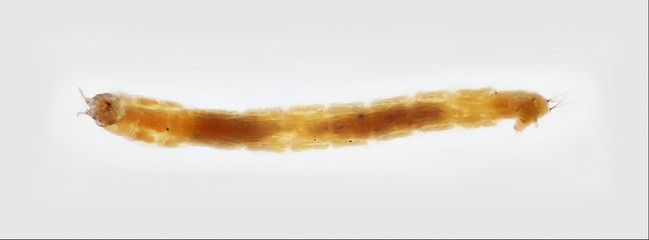
Lateral
Ventral



